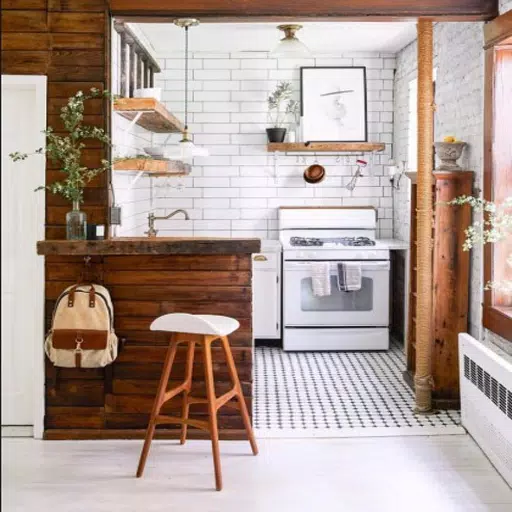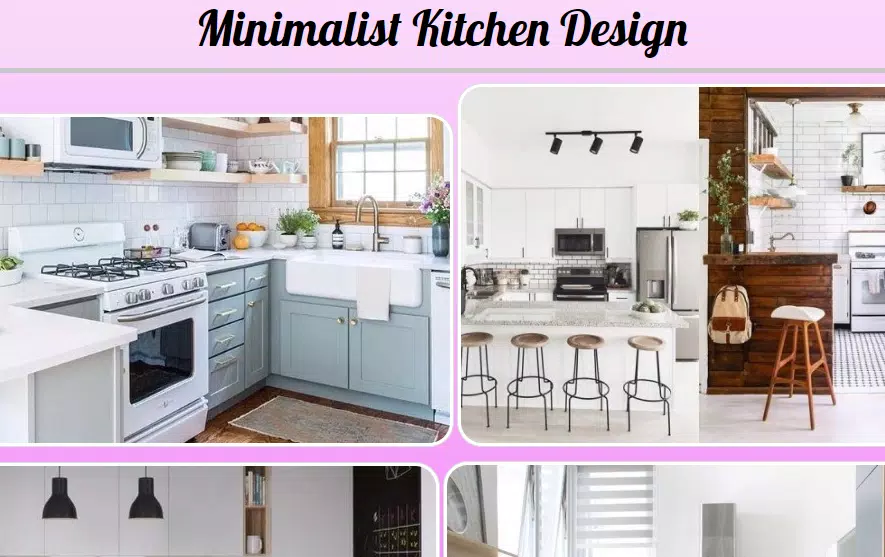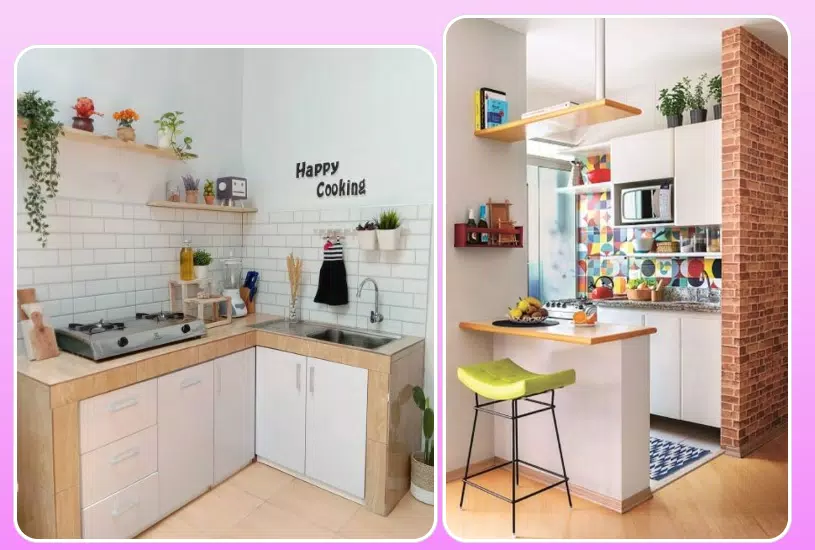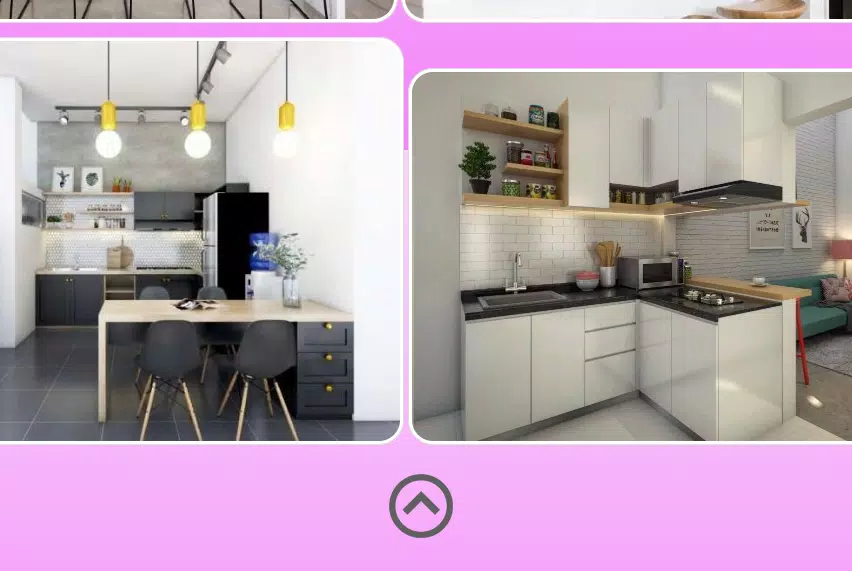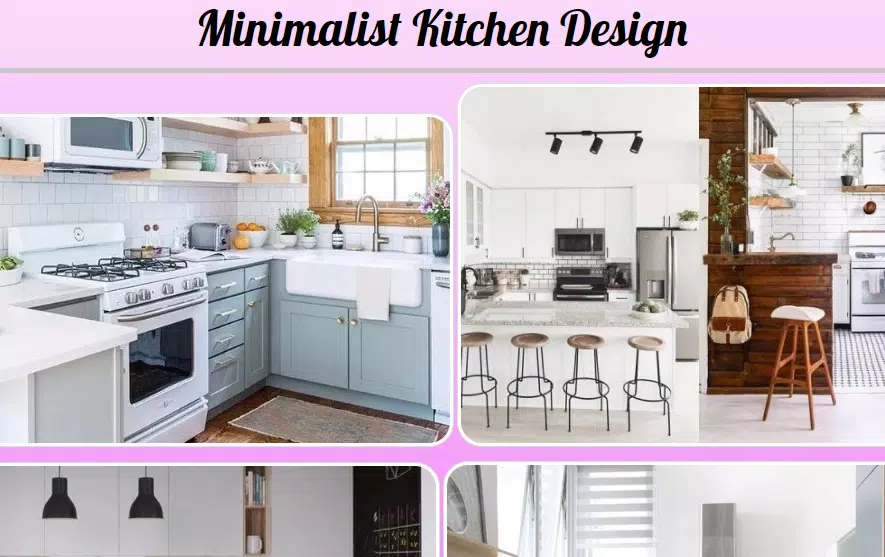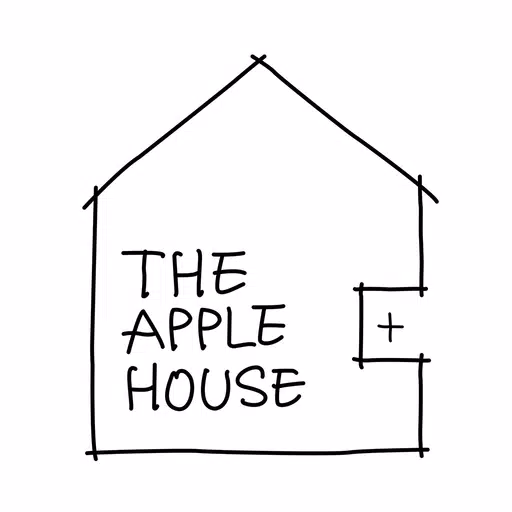A kitchen is a vital part of any home, serving as the heart of daily activities. When designing a minimalist kitchen, especially in a limited space, it's crucial to balance aesthetics with functionality. Here's how you can create an efficient and stylish minimalist kitchen:
Start by choosing a neutral color palette to create a sense of openness and calm. Whites, grays, and soft pastels work well to make the space feel larger and more serene. Opt for sleek, handleless cabinets to maintain a clean, uncluttered look. These cabinets should be multifunctional, with built-in organizers and pull-out shelves to maximize storage without sacrificing space.
Incorporate essential appliances that blend seamlessly into the design. Consider integrated refrigerators, ovens, and dishwashers that match the cabinetry to keep the lines smooth and uninterrupted. A compact, energy-efficient cooktop and a slimline range hood can be sufficient for most cooking needs, freeing up counter space for food prep.
Use a minimalist approach to countertops by selecting durable materials like quartz or solid surface in a matte finish. Keep the countertops clear of unnecessary items, using them only for essential tasks. A small, movable kitchen island or a rolling cart can provide additional workspace when needed and can be tucked away when not in use.
Lighting plays a significant role in a minimalist kitchen. Install under-cabinet LED lights to illuminate work areas without taking up space. A statement pendant light can serve as both a functional element and a design feature, adding character to the room.
Finally, accessorize minimally. Choose a few high-quality, multi-purpose tools and utensils that can be stored neatly in drawers or on a magnetic strip. A simple, modern backsplash can add a touch of texture without overwhelming the space.
By focusing on these elements, you can create a minimalist kitchen that not only looks beautiful but also functions efficiently within a small space.

